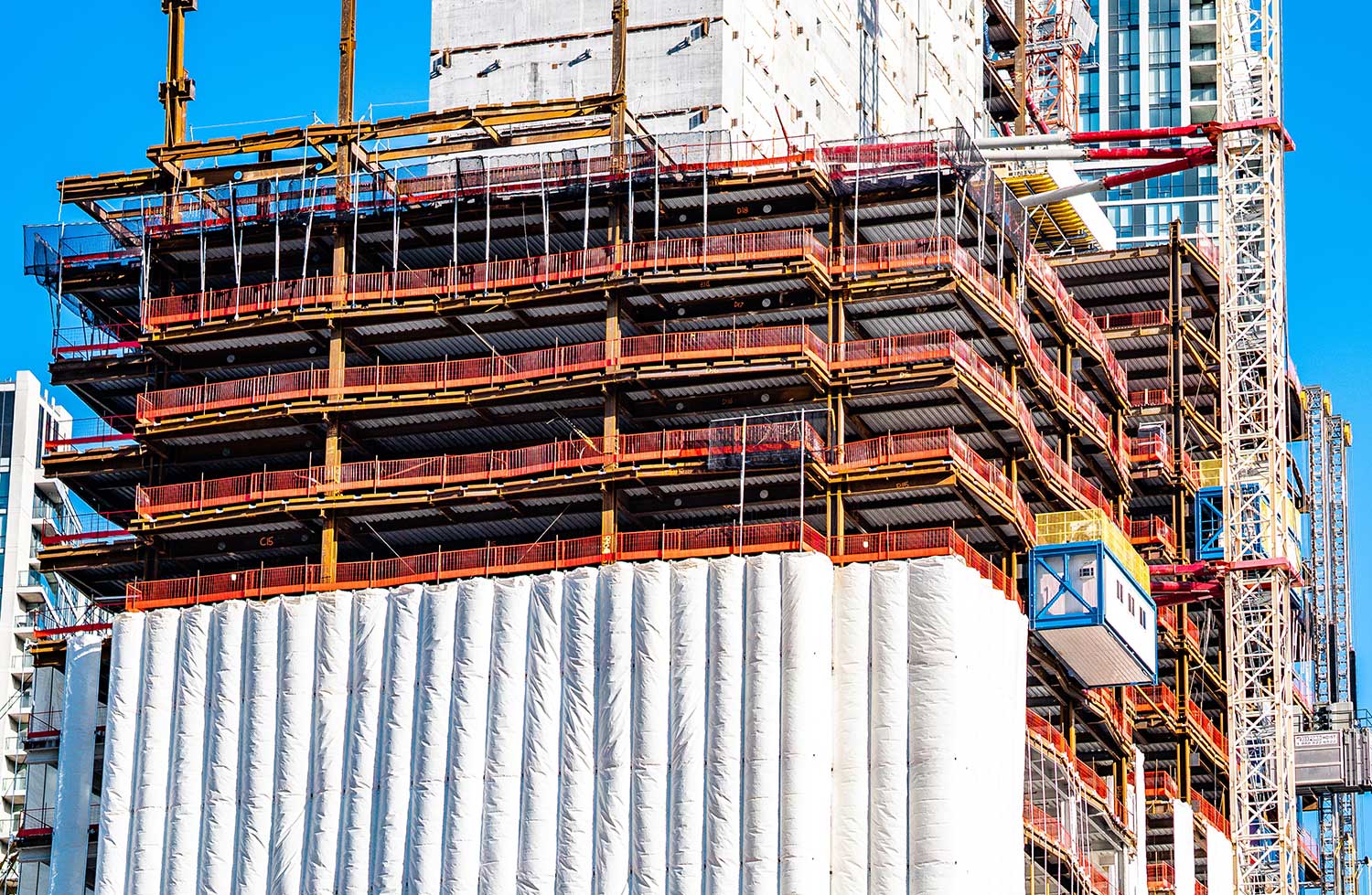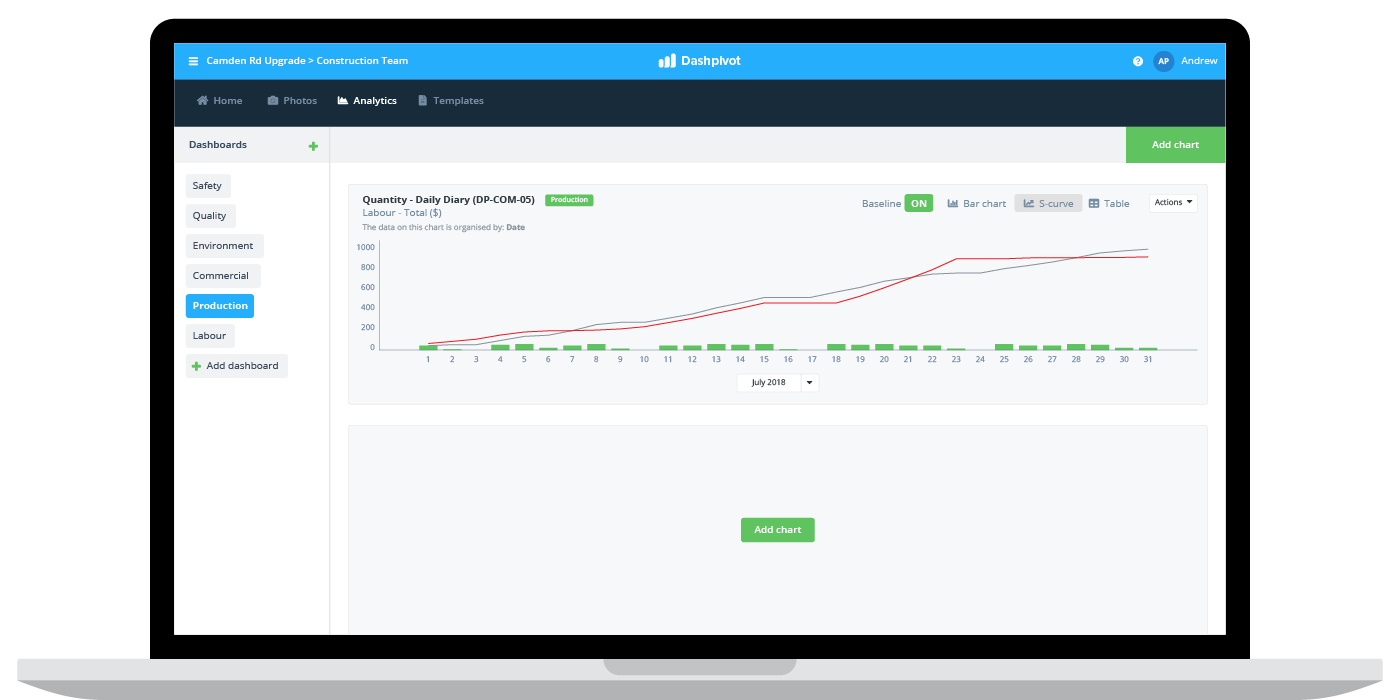Types of construction estimates

Types of construction estimates
The different components to the different types of construction estimates
Before we dive into the types of construction estimates, it's helpful to zoom out a little bit and summarise the types of general project management estimates. Understanding these gives us a better understanding of how and when to deploy our different types of construction estimates - and a better overall view of the estimating landscape.
There are three (3) main ingredients to every construction estimate:
- The estimating technique
- The level of accuracy in the estimate
- The source of the data informing the estimate
Each of these core ingredients has its own types of estimates, which we will dive into below.
Choosing the right type of estimating technique
The two main types of estimating techniques are:
- Top down estimating
- Bottom up estimating
Bottom up estimating is how most project estimates are constructed and justified. bottoms up approach involves estimating the cost of specific tasks, which are then combined and rolled up into the overall cost of the project.
Top down estimating involves determining the project estimate at the project level, and then disseminates that project down to the task or bottom level. The main issues with top down estimating is that it can result in a more arbitrary and 'unfair' assigning of costs to specific tasks, and also that any project level budget change then needs to be re-applied down to the task level, removing budget potentially disproportionality or without full information.
Choosing the level of accuracy in your construction estimate
There are a few different ways to approach the very important topic and application of estimating accuracy. Different types of estimates contain different levels of expected accuracy, and while in general the more accurate the better, as long as everyone is on the same page about the level of accuracy, a non-perfect estimate is also useful.
Most project managers or companies will sacrifice a little bit of accuracy for the sake of time and effort. An incredibly precise estimate is not usually created or maintained at the tender stage, for example.
For the most part, every estimate gets more accurate as more information becomes available (as the project progresses), and some of the typical stages or types of estimating accuracy include:
- Order of magnitude (ROM) - Order of magnitude estimates are rough cost estimates. An order of magnitude estimate is typically used in the planning stages where companies start to think about resourcing and other planning components.
- Feasibility - A feasibility estimate is typically used to make a yes or no decision on whether or not to move forward with the project (whether it is 'feasible' or not). The level of detail required in this estimate is determined by defining the minimum level of accuracy required to make the decision.
- Preliminary - A preliminary estimate or budget level estimate helps a company to choose from a number of options for specific features, products and other outcomes. The level of accuracy required for this type of estimate is once again the minimum amount of information required to make a decision on the alternatives or options.
- Substantive - Now we are moving into more 'concrete' types of estimates, which can be quite easily derived from their names. A substantive estimate is intended to be an accurate estimate. It breaks down the project into its constituent parts and assigns a cost to each part. The overall estimate then usually starts to include margin, profit and even contingencies.
- Definitive - A definitive estimate is conducted and applied when costs are known; when the costs are definitive. This is usually the case when quotes have been received. Estimates are often still required even when prices are known, because definitive estimates include margin, contingencies and those other possibilities.
As you can see from the above types of construction estimates, many projects require the input of many different types of estimates at different stages of a project. For example, design estimates often rely on order of magnitude estimates, while bid and control estimates look towards the more accurate approaches.
Choosing the right type of data source for your estimate
Doing construction estimates isn't just about choosing the right type of estimate for your project, it's about choosing the right type of estimate for the information you have on hand.
When you don't have actual cost information or actual quotes, you physically can't make a definitive estimate.
In many cases, you don't have all of the information you need to estimating, so you need to lean on other source of data. Some of the most common types of construction estimating source data include:
- Parametric estimate - Parametric estimates start with unit costs, and then scale those costs to the number of units required. The parametric data is sometimes obtained through 3rd parties, while at other times it is derived from in-house data.
- Expert judgement - Sometimes the best source of data is expert opinion or judgement. When projects don't have a lot of easy comparisons or known numbers, expert judgement is sometimes the best approach.
- Analogous estimates - Analogous estimates involve comparisons to other similar projects. There aren't too many completely unique projects, and projects with similar attributes of different sizes can be easily scaled accordingly to come up with a reasonably accurate estimate and 'picture'.
Types of construction estimates
The above approaches to estimating are relatively broad in their application, and are used and referenced in all types of project management.
In terms of the types of construction estimates specifically, there are a few well-known approaches to construction and building estimating including:
- Plinth area estimating - A plinth area estimate is made by multiplying the plinth area (the external dimensions of the building) by the plinth rate.
- Cube rate estimates - For tall and multi-story buildings, a cube rate estimate can be more fitting. A cube rate estimate still involves the plinth area, but in this case, the plinth area is multiplied by the height of the building.
- Detailed cost estimates - If a construction project has more data on the actual build, then it can do detailed cost estimates. These estimates include actual quantities of items as well as scheduled rates.
- Supplementary cost estimates - Many, many construction estimates don't go to plan, which means original estimates often need to be supplemented by 'supplemented' cost estimates. These estimates add changes and additions to the original estimate - making it more relevant and more accurate.
- Revised cost estimate - When your original construction estimate or type of construction estimate isn't accurate enough - typically when the original estimate is exceeded by ~5% or more - a revised cost estimate is often required. This revision might be to do with productivity issues, weather, or a sudden change in resource or material costs.
Once again, the types of construction estimate you choose will be heavily dependent on the type of work you do, as well as what has been historically done at your company.
You can read more about each type of construction estimate to delve deeper into each type, and how each is managed properly.
But considering how you estimate your construction projects, and how your estimates can be improved should be a constant endeavour.
Meeting your estimate effectively
All of these different types of construction estimates and estimating techniques when used correctly don't guarantee a successful project. In fact, the real hard work begins when the project starts.
Many construction companies can get expert judgements and use previous data to create accurate estimates, but these estimates often fall apart when a project begins - and part of this stems from an inability to connect the estimate to what's actually happening on the construction site.
Many construction estimates are only really used at the beginning and end of a project, when they should be constantly referenced and updated with real-time information from the field.
A lot of the time, companies don't have the tools and technologies to achieve this, but today they do. Anyone can get started with real-time project management software which enables the real-time tracking of actual production, progress and other functions too.

Construction estimating is part art and part science. while science and real data is often the preferred and more accurate approach, art is important when the data and science simply isn't possible.
Have a good understanding of the types of construction estimates available to you and your company is an important part of estimating for your own success, as well as the information you are providing other parties.
Good estimating on a single project can be the difference between a profit and a loss, and reliable estimating over time results in a reliable business model.
If estimating is one of your major pain points, then dig into some more information on estimating. If project delivery is where you hurt - and meeting the estimates you set efficiently - then it's time to explore some project delivery software.
People in 100+ countries use this software to better track project finances, and other functions.
